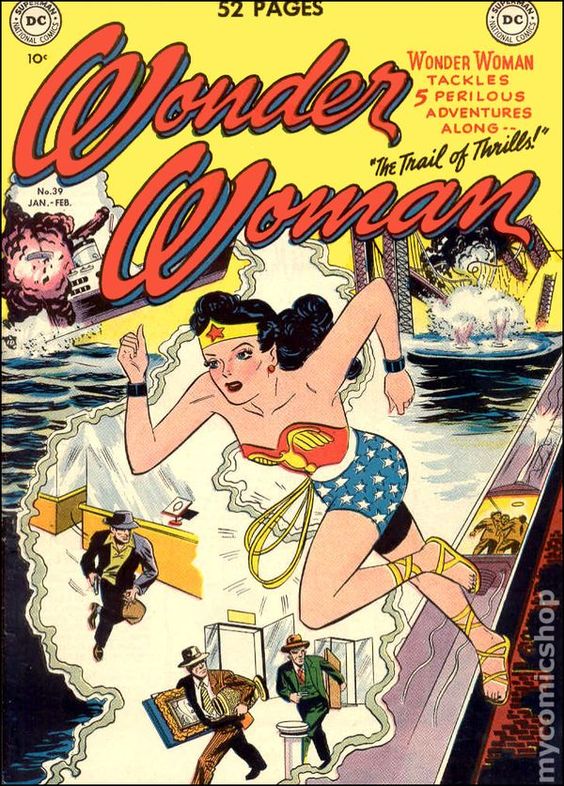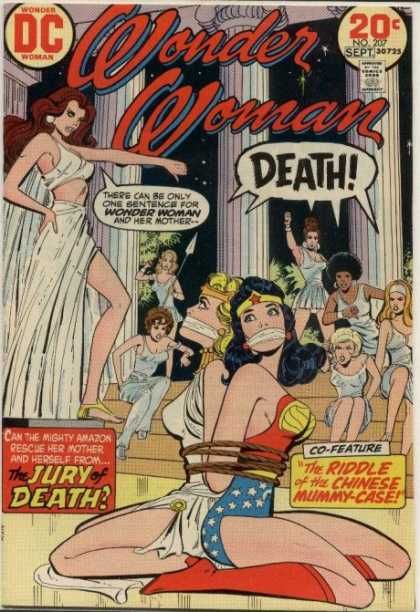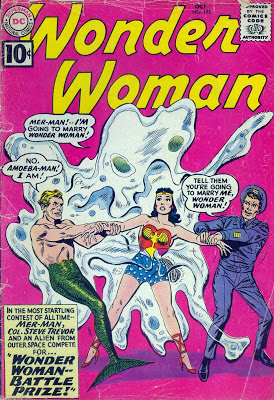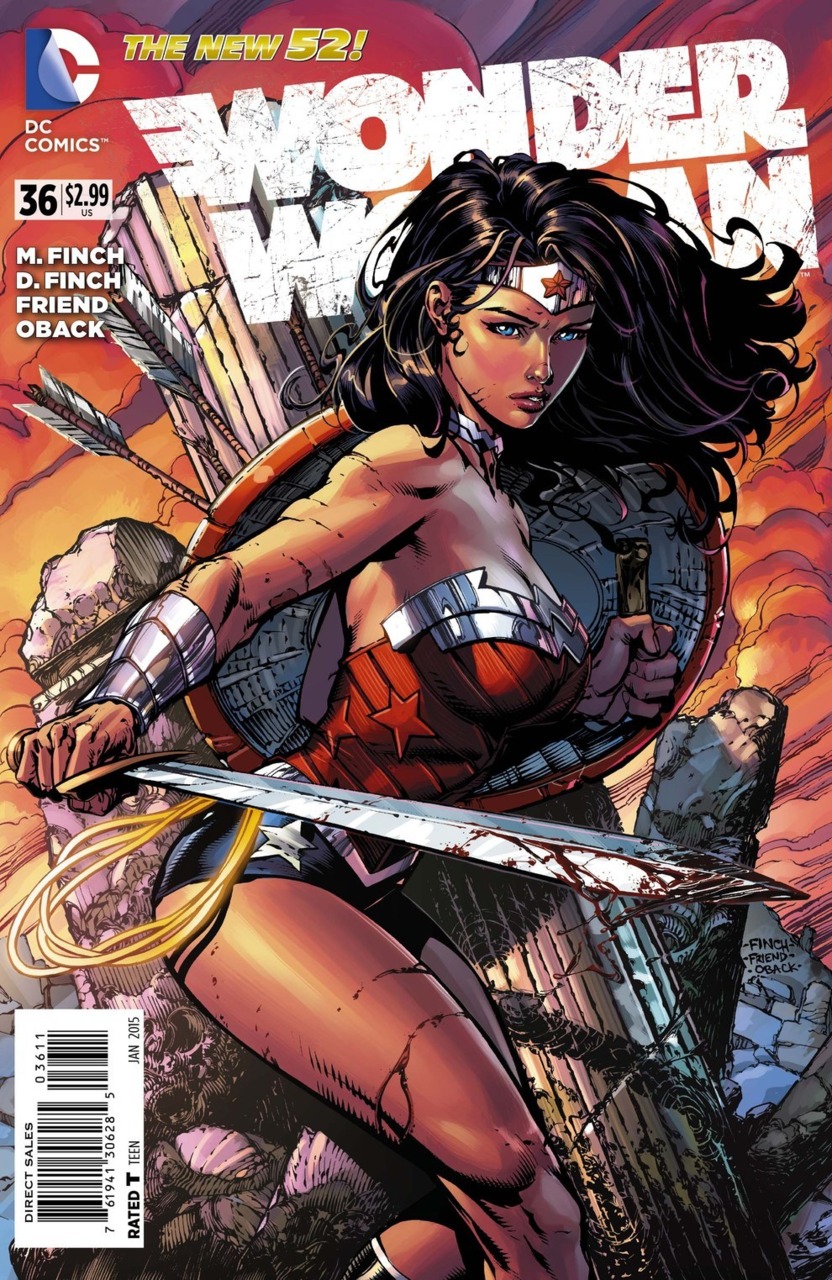
Powers and abilities
Diana is depicted as a masterful athlete, acrobat, fighter and strategist, trained and experienced in many ancient and modern forms of armed and unarmed combat, including exclusive Amazonian martial arts. In some versions, her mother trained her, as Wonder Girl, for a future career as Wonder Woman. From the beginning, she is portrayed as highly skilled in using her Amazon bracelets to stop bullets and in wielding her golden lasso. Batman once called her the "best melee fighter in the world".The modern version of the character is known to use lethal force when she deems it necessary. In the New 52 continuity, her superior combat skills are the result of her Amazon training, as well as receiving further training from Ares, the God of War, himself, since as early as her childhood.The Golden Age Wonder Woman also had knowledge in psychology, as did her Amazon sisters.
Princess Diana commands respect both as Wonder Woman and Diana Prince; her epithetical title – The Amazon Princess – illustrates the dichotomy of her character. She is a powerful, strong-willed character who does not back down from a fight or a challenge. Yet, she is a diplomat who strongly "favors the pen", and a lover of peace who would never seek to fight or escalate a conflict. She's simultaneously both the most fierce and most nurturing member of the Justice League; and her political connections as a United Nations Honorary Ambassador and the ambassador of a warrior nation makes her an invaluable addition to the team. With her powerful abilities, centuries of training and experienced at handling threats that range from petty crime to threats that are of a magical or supernatural nature, Diana is capable of competing with nearly any hero or villain. Many writers have depicted Diana in different personalities and tone; between both of her diametric extremes; that of a worldly warrior, a highly compassionate and calm ambassador, and sometimes also as a naive and innocent person, depending on the writer. What has remained constant, and is a mainstay of the character, is her nurturing humanity: her overwhelming belief in love, empathy, compassion, and having a strong conscience. This trait had been the reason for her induction into the Star Sapphires. Writer Gail Simone was applauded for her portrayal of Wonder Woman during her run on the series, with comic book reviewer Dan Phillips of IGN noting that "she's molded Diana into a very relatable and sympathetic character." Actress Gal Gadot described Wonder Woman as "an idealist. Experienced, super-confident. Open and sincere even in the midst of a gruesome, bloody conflict. Having many strengths and powers, but at the end of the day she's a woman with a lot of emotional intelligence". In the Golden Age, Wonder Woman adhered to an Amazon code of helping any in need, even misogynistic people, and never accepting a reward for saving someone; while conversely, the modern version of the character has been shown to perform lethal and fatal actions when left with no other alternative, exemplified in the killing of Maxwell Lord in order to save Superman's life. The New 52 version of the character has been portrayed to be a younger, more headstrong, loving, fierce and willful person. Brian Azzarello stated in a video interview with DC Comics that they're building a very "confident", "impulsive" and "good-hearted" character in her. He referred to her trait of feeling compassion as both her strength and weakness. A distinctive trait of her characterization is a group of signature mythological exclamations, such as "Great Aphrodite!" (historically the very first one), "Great Hera!", "Merciful Minerva!", and "Suffering Sappho!', some of which were contributed by Elizabeth Holloway Marston.





